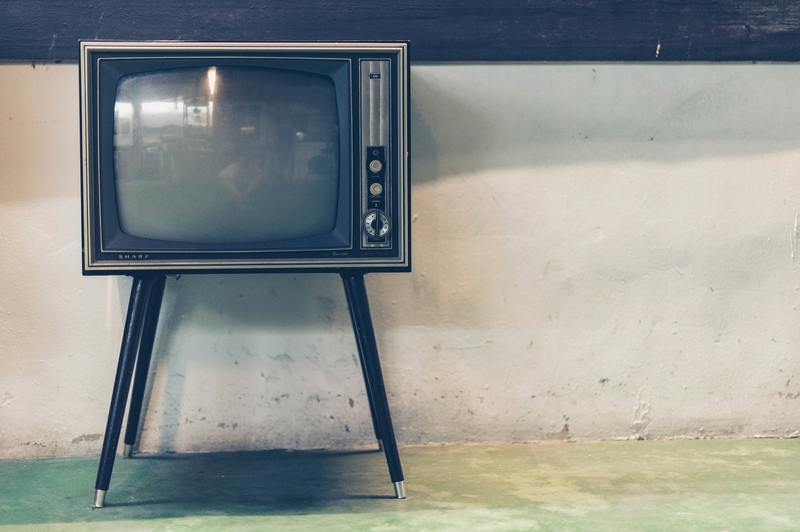If you want to know how to fix water damaged TV, this is the perfect article for you! To repair a water-damaged TV, you have to dry out the components that got wet.
Besides drying it out, there are steps you have to do before and after that. Hence, we wrote the steps in fixing a water-damaged TV and the safety measures you need to do before repairing the TV itself.

Next, we included preventative measures you can do to protect your TV so you won’t end up having to repair them. Lastly, this article will also talk about insurance regarding water damage.
Steps In Fixing Water Damaged TV
Before properly fixing your water-damaged TV, you have to do the following steps first:
Step #1. Turn it off
Naturally, you cannot fix your water-damaged TV while it is plugged in since it will give you further damage. Water tends to damage your television’s electrical components using electricity.
So, always remember to turn your television off and unplug it. Do this immediately after your television gets in contact with water.
Step #2. Move it away from the wet area
After turning it off and unplugging it, move your TV to a dry area so you can take it apart and fix it. If there are other appliances that have gotten in contact with water, move them, too.
After the safety measures, you can proceed in fixing your water-damaged TV.
Step #3. Take it apart
Unscrew your television according to its method of opening. Then expose the circuit boards. After removing the circuit boards, proceed to disconnect them from the rest of the TV.
Step #4. Silica gel packets
After disconnecting the circuit boards, put them inside a bag of silica gel packets. Silica gel can help in drying out the wet components of your TV. Leave the wet parts in the silica gel packets overnight.
If you had trouble disconnecting the boards, place the silica gel on top of them or keep them as close as possible. Since it will be harder for the silica gel to dry the components out this way, leave them for at least two days. If your area is humid, place the silicon gel packets near the boards longer.
Make sure you remove any water from the TV components. You can use vacuums and rags, too.
Step #5. Clean your TV
Wipe down your circuit board with alcohol to remove rust or corrosion. However, make sure to not damage the components further.
Then, dry it again and reinstall it. See if it powers up. If not, contact a professional.
Preventative measures you can do to protect your TV
Most of us can’t afford to lose our television, nor do we have time and resources to fix them. This is why we included these measures to prolong the life of your TV.
Keep away from cold temperatures
Cold temperature is damaging to your TV because it creates condensation, which seeps into your TV’s components. This is why you should not turn on your television when it is freezing.
Vacuum your TV
Condensation from cold temperatures is not the only thing that seeps through your TV and damages them. Dust is also damaging to your TV the same way condensation is.
They get inside and cause damage, while dust causes your television to respond slowly. To get rid of dust on your television, you can use electronic vacuum pumps.
Place your TV in a well-ventilated place
Your television needs to breathe as well, so it is better to place them in an area with good ventilation. This is because it generates a considerable amount of heat because of electricity usage. If your TV has breathing space, it can cool itself down and would not end up overheating.
Use a voltage regulator or surge protector
If power cuts frequently occur in your area, then your appliances are vulnerable to voltage spikes, which can significantly damage your electronic items. This is terrible news not only to your television but also to your other electronics, which is why using a voltage regulator is recommended.
Clean it
This is a simple tip but is often overlooked. Cleaning your TV is a must since this avoids dust accumulation.
Also, this way, you can pay close attention to your television and inspect it if it has problems. However, remember to not use water when cleaning your TV.
Does TV insurance cover water damage?
Yes, but under certain conditions. You can claim your insurance if your television gets damaged by a covered loss.
For example, if your TV gets damaged during a storm, you can make an insurance claim. However, if it gets damaged during home accidents, then it will unlikely be a part of your insurance coverage.
However, to be more particular, you can contact your lawyer to help you with your insurance claim and coverage.
Conclusion
You now know how to fix water damaged TV and how to prolong your TV’s life, so we hope it stays with you for a long time! We also hope our article about water-damaged TVs was of help.
